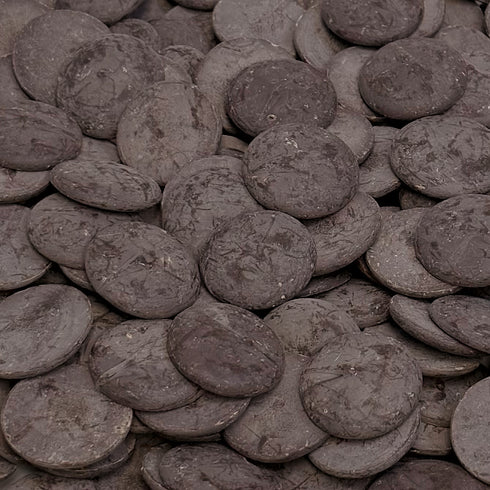- About Us
- FAQ
- Contact Us
- Track and manage my orders
- Wishlist
- 0Cart
- Order securely online, contact us by phone at 1-833-663-6637 or send us an Email

ORGANIC CACAO PASTE, Wafers
SKU: C300W-025
Hurry up! Sales Ends In
Botanical Name: Theobroma cacao
Bean Type: Criollo and Trinitario
Country of Origin: Peru
Production: Cacao paste is made from fermented, roasted, and peeled cacao beans. After the beans are ground, they become a thick, rich paste composed of both cacao butter and cacao solids. This traditional preparation enhances the natural flavor and aroma of the cacao and results in a versatile ingredient used in various culinary applications.
Qualities: Cacao paste is appreciated for its bold, bittersweet chocolate flavor and smooth texture. It contains naturally occurring components such as theobromine and flavonoids, which contribute to its robust taste profile. Traditionally valued by cultures in Central and South America, cacao continues to be a celebrated ingredient in both sweet and savory recipes.
Common Use: Also known as unsweetened baking chocolate, cacao paste can be used in a variety of recipes—from confections to hot beverages. It can be melted and combined with sweeteners, spices, or nut butters to create chocolate sauces, truffles, or other desserts. It can also be grated or chopped for use in baked goods or enjoyed in small amounts on its own.
Storage: Store in a cool, dry place away from sunlight and moisture. Keep the product sealed to preserve freshness and flavor.
Disclaimer: This product description is intended for informational purposes only and has not been evaluated by the CFIA or FDA. It is not intended to diagnose, treat, cure, or prevent any disease. This product is packaged in a facility that also processes peanuts, tree nuts, wheat, soy, and other potential allergens.
